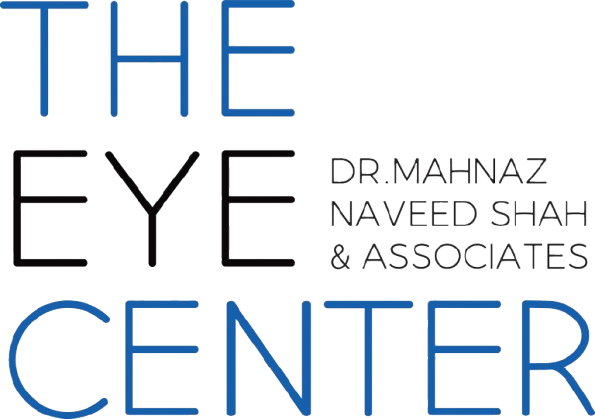Expert Retinal Care and Surgery in Karachi
For those in need of advanced retinal surgery in Karachi, it is important to consult a highly skilled ophthalmic surgeon who employs state-of-the-art technology and clinically proven techniques to deliver optimal visual results. Retinal diseases, if not treated in time, can result in significant vision loss or even blindness, highlighting the importance of prompt surgical […]
Treatment for Retinal Detachment in Karachi
Retinal detachment is a serious condition that requires immediate attention to prevent permanent vision loss. If you are seeking treatment for retinal detachment in Karachi, it is essential to consult with a skilled specialist who can provide advanced care and timely intervention. At The Eye Center – Dr. Mahnaz Naveed Shah & Associates, we specialize […]
Top Retina Specialist in Karachi
For individuals seeking a highly qualified retinal specialist in Karachi, it is crucial to consult with a proficient ophthalmologist capable of providing advanced diagnostic evaluations and personalized treatment plans for a wide spectrum of retinal disorders. Given the retina’s critical function in vision, early detection and timely intervention are paramount to preserving eye health. At […]
Why is it Important to Seal Retinal Tears and Holes with Lasers Right Away?
Source By: American Academy of Ophthalmology Retinal tears and holes can pose a serious threat to your vision if not addressed promptly. These issues can lead to retinal detachment, a condition where the retina pulls away from its underlying tissue, potentially resulting in permanent vision loss. Sealing retinal tears and holes with laser treatment as […]
What is Myopia or Near Sightedness?
photo credit Encylopaedia Brittanica Myopia is a condition in which people are able to see near objects clearly but the distance objects appear blurry What are the causes and Risk factors for Myopia? Myopia occurs when the eye ball is longer than normal in length or the cornea (outer transparent portion of the eye) is […]
Age Related Macular Degeneration
Age related macular degeneration is a condition in which there is progressivevision loss due to deterioration of the Retina and the Choroid.AMD is a leading cause of visual loss in population over the age 50.Types of AMDThere are mainly two types of AMDDry AMDWet AMDSymptomsIn the initial stages patients may experience no symptoms but as […]
TIPS ON TAKING CARE OF DIABETES AFFECTING THE EYE
DIABETIC RETINOPATHYWith the exponential increase of diabetes in our population, and Pakistan being amongst the top mostnations in Asia being affected, it is very important to educate ourselves with diabetic retinopathy whichis the disease of the eye being affected by diabetes. WHAT IS DIABETIC RETINOPATHYRetina is a structure at the back of the eye which […]
Dr. Mahnaz Naveed Shah: Karachi’s Premier Cataract Surgeon for Superior Vision
Looking for the best cataract surgeon in Karachi? Meet Dr. Mahnaz Naveed Shah, a renowned expert in ophthalmology dedicated to restoring clear vision and enhancing eye health. With a stellar reputation built on precision, expertise, and patient-centric care, Dr. Shah is your trusted partner in achieving optimal vision outcomes. Specializing in cataract and glaucoma surgery, […]
Best Eye Specialist in Karachi
Are you seeking top-notch eye care in Karachi? Dr. Mahnaz Naveed Shah, a distinguished United States trained ophthalmologist with over 20 years of experience is renowned for her expertise, experience and compassionate approach. With years of experience and a commitment to true excellence, Dr. Mahnaz Naveed Shah stands out as the go-to eye specialist for […]
Why is it important for for my eye specialist to maintain my medical record or file?
Maintaining comprehensive medical records is crucial for optimal eye care. These records serve as a roadmap of an individual’s eye health history, including past diagnoses, treatments, surgeries, and medications. They provide valuable insights for eye care professionals to make informed decisions about current and future treatment plans. Regular eye exams often entail various tests and […]
